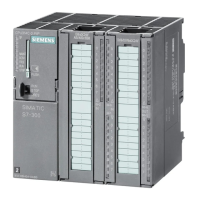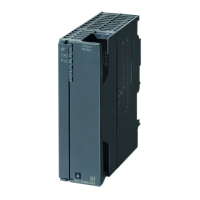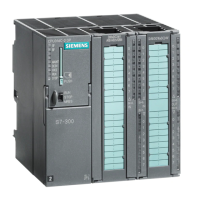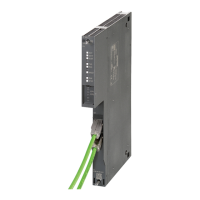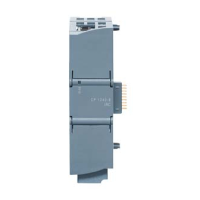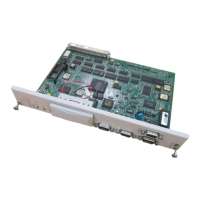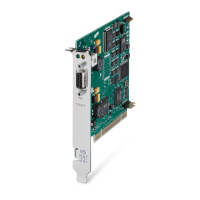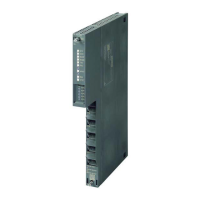Debugging functions, diagnostics and troubleshooting
10.3 Overview: Diagnostics
S7-300, CPU 31xC and CPU 31x: Installation
10-4 Operating Instructions, Edition 08/2004, A5E00105492-05
The differences between forcing and modifying variables
Table 10-1 The differences between forcing and modifying variables
Characteristics/function Forcing Modifying Variables
Memory bit (M) - Yes
Timers and counters (T, C) - Yes
Data blocks (DB) - Yes
Inputs and outputs (I, O) Yes Yes
Peripheral inputs (PI) - -
Peripheral outputs (PO) - Yes
User program can overwrite modify/force values Yes Yes
Maximum number of force values 10 -
Reference
Details on test functions of the software are found in the
STEP 7 Online Help
and in the
STEP 7 Programming Manual
.
10.3 Overview: Diagnostics
System errors can occur especially in the commissioning phase. Tracking these errors might
be a time-consuming effort, since they can occur both on the hardware and software side.
Here, the multitude of testing functions ensures commissioning without problems.
Note
Errors during operation are almost always a result of faults or damage to the hardware.
Type of error
Errors the S7 CPUs can recognize and to which you can react with the help of organization
blocks (OBs) can be split into the following categories:
• Synchronous error: Errors you can relate to a specific point in the user program (error
when accessing a peripheral module, for example).
• Asynchronous error: Errors you can not relate to a specific point in the user program
(cycle time exceeded, module error, for example).

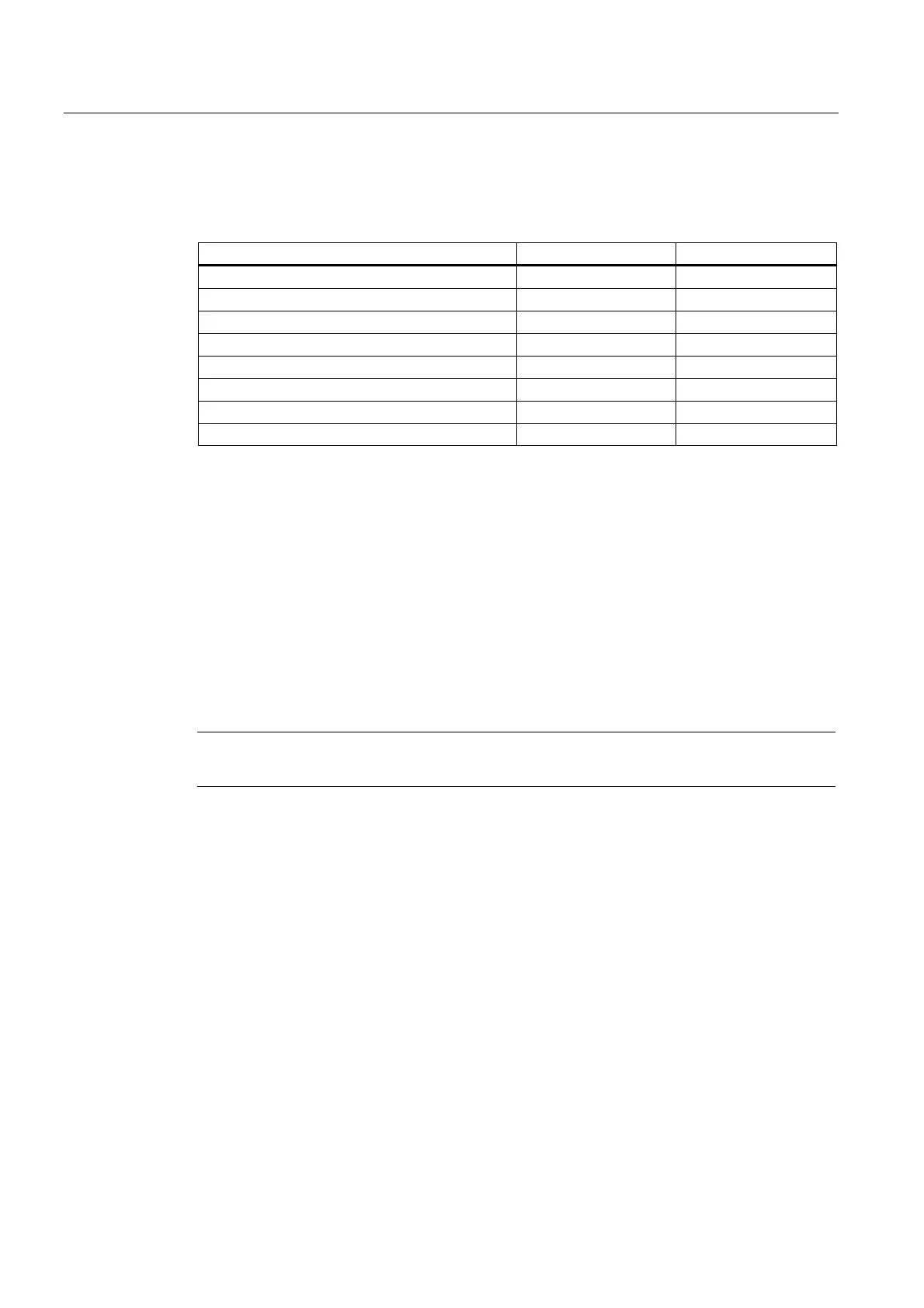